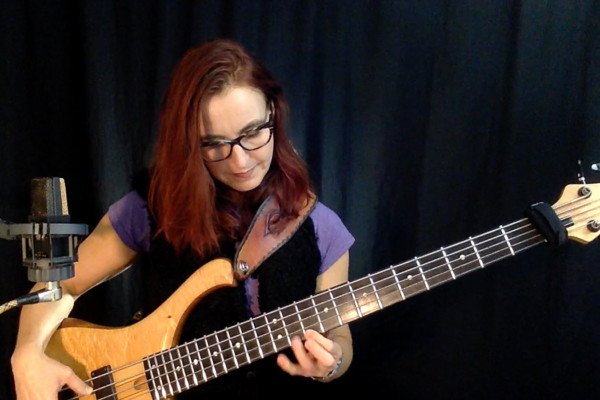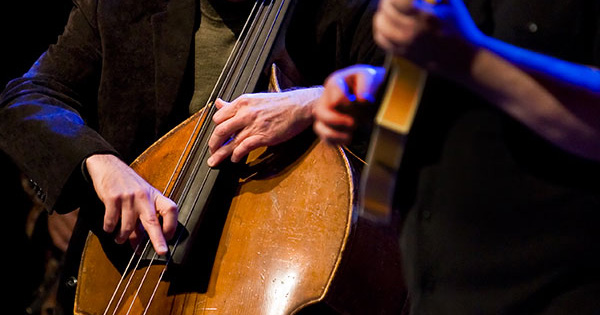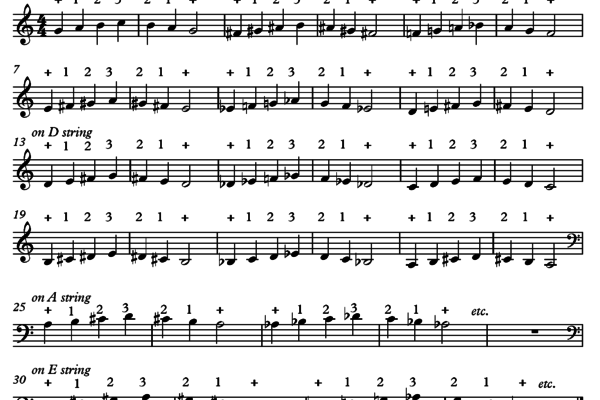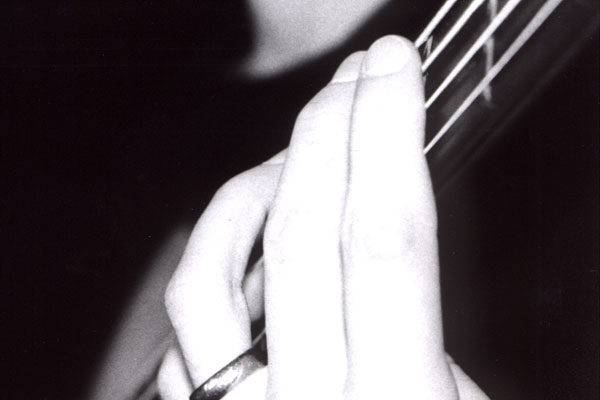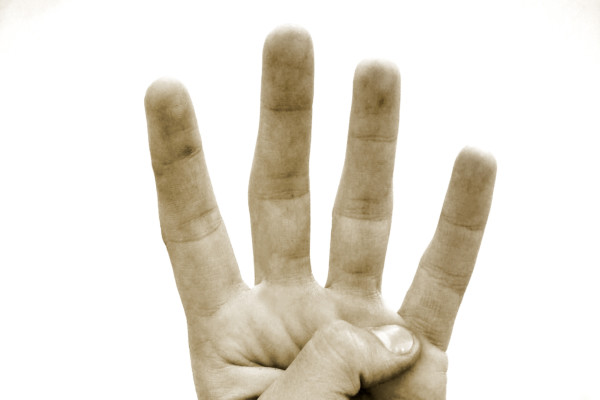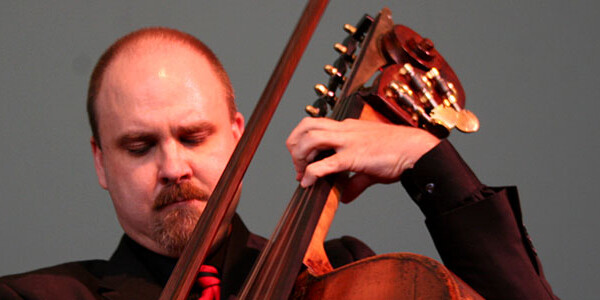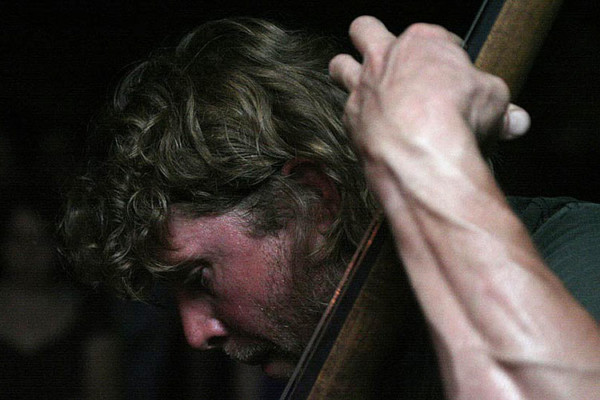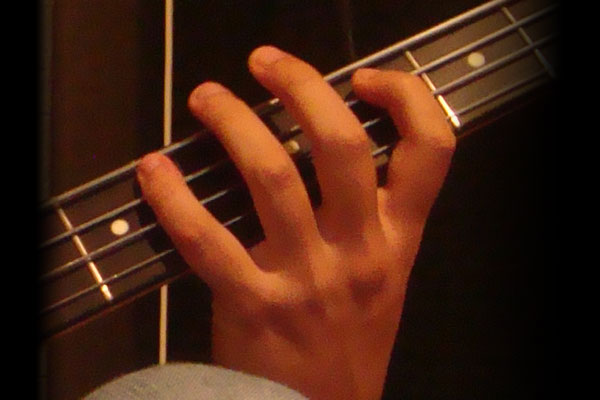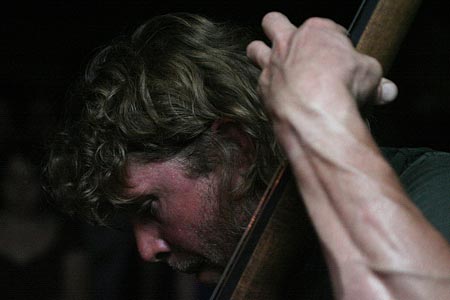Left Hand Archives - Page 3
Talking Technique: The Permutation Exercise
To start things off in this new series, we’re going to be working on our left hand dexterity with the “Permutation Exercise”. Each finger is assigned a number: 1 for index 2 for middle 3 for ring and 4 for our pinky By practicing each variation or permutation of the numbers 1, 2, 3, and 4, we can build finger...
Classification of Three Types of Thumb Position on the Double Bass
When we speak of thumb position on the bass we are referring to a left hand (l.h.) fingering system where the thumb is used to depress the string. The thumb is on top of the board (rather than behind the neck) and it presses the string down like any other finger. However, often telling someone to “play that in thumb...
Thumb Position Below the Half Point of the String on Double Bass
Although I sometimes use a 1-2-3-4 fingering technique below the half point of the string (12th fret, if we had frets), I often find a thumb position fingering to be more efficient, easier on the hand and, most importantly, more accurate. Of course, many bass players first learn thumb position starting at the half point of the string (G harmonic...
Left Hand Exercises and Resources for Bass Players
Q: I live in Ethiopia and I am a 4th year bass student. I have some problems my left hand. Do you have advanced finger exercises? A: For this question, I’m going to point you to a variety of resources – here on No Treble, and across the web. There are a variety of stretching exercises, finger independence exercises, tendon...
Some Thoughts on the 1-2-3-4 Fingering System for Double Bass
For as long as there have been bassists, there has been debate about what fingering system to use. While most players today use a three-finger technique (1-2-4, or the Italian 1-3-4) some suggest a four-finger technique, especially in the middle positions (i.e. between D and G on the G string). One of the main arguments for using a 1-2-3-4 system...
A Quick Warmup for the Left Hand
Sometimes we need to warmup in a hurry. When I need to warmup in two minutes or less I do exercises like the ones below. Some things to remember when doing these: Start slowly and speed up as you go Keep the fingers light and flexible, don’t press any harder than necessary Don’t’ go any faster than feels easy, slow...
Three Exercises for Releasing and Relaxing the Left Hand Thumb
Keeping the thumb of our left hand flexible is a key component in achieving an agile fingering hand. Ideally, any pressure exerted by the thumb against the neck should be minimal. Below are a few exercises that should help you keep your thumb relaxed and your left hand injury free. 1. Thumb independence Pick a note, pick a finger (perhaps...
Beginning Exercise for Improving Left Hand Finger Independence
The four movements of the left hand fingers necessary for string playing (to paraphrase the great violin pedagogue Demetrius Constantine Dounis) are: Lifting: Raising a finger from the fingerboard/string Dropping: Lowering a finger/Pressing a string to the fingerboard Sliding: Moving a finger along the string so the pitch rises or lowers accordingly Holding: leaving a finger down on the string...
Finger Independence for Bassists: A Preparatory Double Trill Exercise
Complete independence of the left hand fingers is a laudable goal for every serious bassist, guitarist and string player. Below is a short beginning exercise designed to prepare us for playing double trills, (trills on two notes simultaneously). Strictly speaking, there are no double trills in the exercise below. However, it is a necessary step we must take if we...
The “Bloody Thumb” Exercise for Thumb Position Playing
Thumb position is an essential technique for upright bass. Players like Steve Bailey and Brian Bromberg have even adapted it for use on the electric bass. However, when people first start using their left hand thumb to stop a note (i.e. play in thumb position) they often experience discomfort. This is sometimes due to their inexperience with the new hand...
Finger Stamina Exercises for Bassists
In our quest to develop left hand strength, flexibility, speed and stamina, we will discover and create many exercises and finger twisters. Sometimes, however, the simplest exercises are the best. Apply the two practice techniques below to your trills and reap the benefits. Trills for time Play a fast trill between two fingers (i.e. 1-2) as quickly as you can....
Left Hand Thumb Independence for Bassists
Last time, we talked about left hand “pivoting” and its potential to make difficult passages more accessible. In order to execute a pivot with ease, however, we must have a supple thumb. In fact, for masterful left hand technique of any sort we must have a thumb that is light, flexible, and easily moveable. It should be independent of the...
